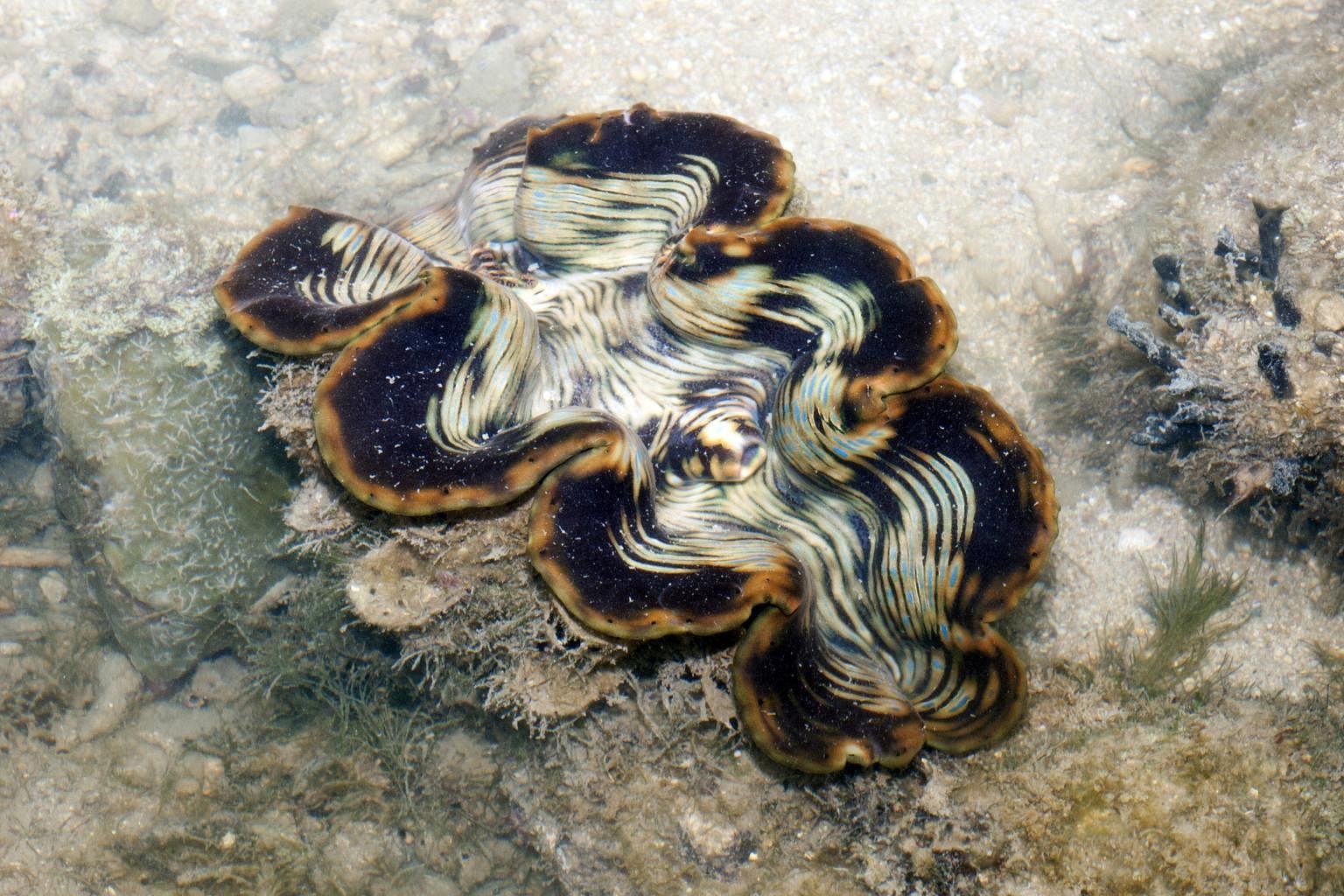SINGAPORE - A local scientist is the first from Singapore to receive a prestigious fellowship in marine conservation under the global research organisation Pew.
Dr Neo Mei Lin, 34, a National University of Singapore (NUS) researcher who specialises in giant clams, was on Wednesday (March 31) named a marine fellow by The Pew Charitable Trusts, along with eight other scientists worldwide.
Under the fellowship, Dr Neo will receive US$150,000 (S$200,000) over three years to further her research on giant clam conservation in South-east Asia.
Dr Neo, who has been studying giant clams since 2006, said: "I am very delighted to receive the prestigious Pew Marine Fellowship as it validates my years of research and outreach efforts on the giant clams.
"The programme will allow me to join the global community of marine conservationists working to solve ocean issues, as well as provide support to continuing my conservation work with the giant clams."
Giant clams - which can grow up to 1.2m long - are known for their intricate body patterns and their fan-shaped shells, and live among corals in the country's southern shores and islands, including Sisters' Islands, Pulau Hantu and Raffles Lighthouse.
South-east Asia is one of the few regions in the world with a high diversity of giant clam species, which can be found along tropical coral reefs and in coastal areas across the Indo-Pacific.
But the population of these coastal giants - highly prized as delicacies and decorative materials - is falling.
A 2017 study of giant clams worldwide led by Dr Neo found that the world's largest giant clam species, the Tridacna gigas, is the most threatened mollusc.
Out of 31 sites around the world where natural wild populations of Tridacna gigas were known to be present, the species were either severely depleted or could no longer be found at 26 sites.
"The key issues facing giant clams in Singapore are different from those in the region, but broadly they are overexploitation, habitat loss, and global change," she added.
Dr Neo, a senior research fellow at NUS' Tropical Marine Science Institute, will examine current trends in giant clam harvesting, consumption, and trade among coastal communities in the region, and map out areas where giant clams are most at risk and need to be conserved.
With the data gathered through her studies, Dr Neo aims to conduct a first-of-its-kind regional workshop in mid-2022 to share updates on research, identify reasons for the decline in the clams' numbers, and recommend ways to boost the management and protection of the threatened species.


The scientist will also continue to learn about breeding and rearing techniques related to the marine animal.
Giant clams are also known as overgrown cockles and are part of a broader group of organisms collectively known as bivalves, which are organisms with two shells that are joined by a hinge.
Their large size could be due to their ability to feed in two ways - by using their gills to capture food and by ingesting nutrition produced by the photosynthetic algae that grow in their folds.
Playing critical roles in the marine ecosystem, giant clams are a source of food for fish and crabs, and they can help to clean up the water column by filtering out nutrients and other larger particles. That may help to reduce nutrient pollution.

A vocal advocate for the conservation of lesser-known marine creatures, Dr Neo called out local getai host Wang Lei last year for his promotion online of jewellery products made from the shells of giant clams.
The fellowship - which supports a slew of projects including coral reef restoration and improving shark conservation - currently comprises 189 researchers from 40 countries.
Last week, it was announced that $25 million will be channelled to marine climate change science in Singapore, to enhance the marine ecosystem, protect coastal regions against sea-level rise and extreme storm events, and develop a marine carbon credit economy here.



